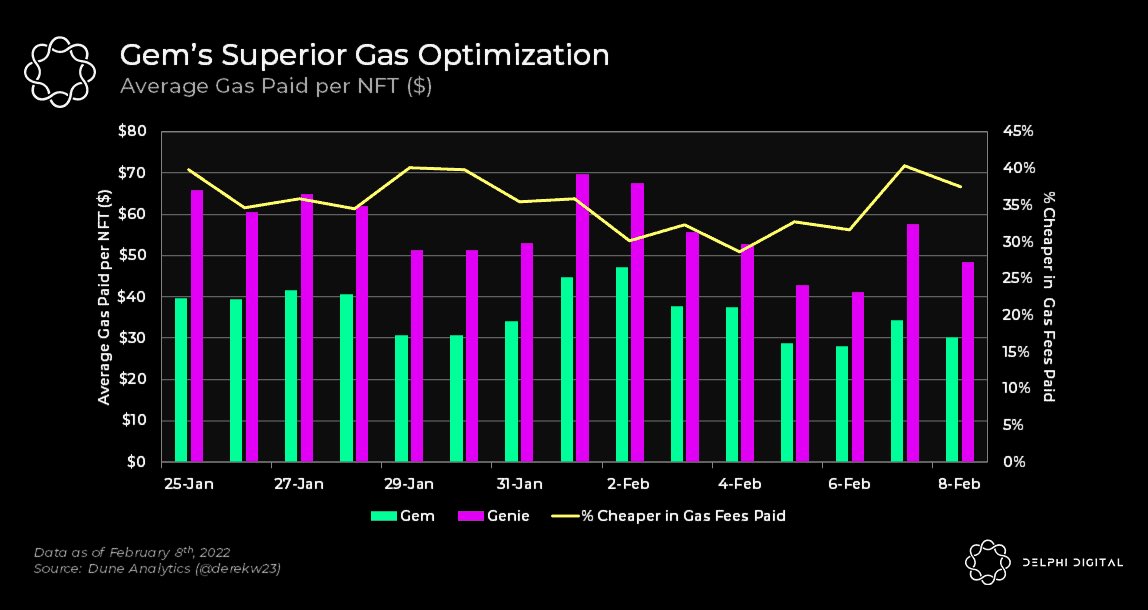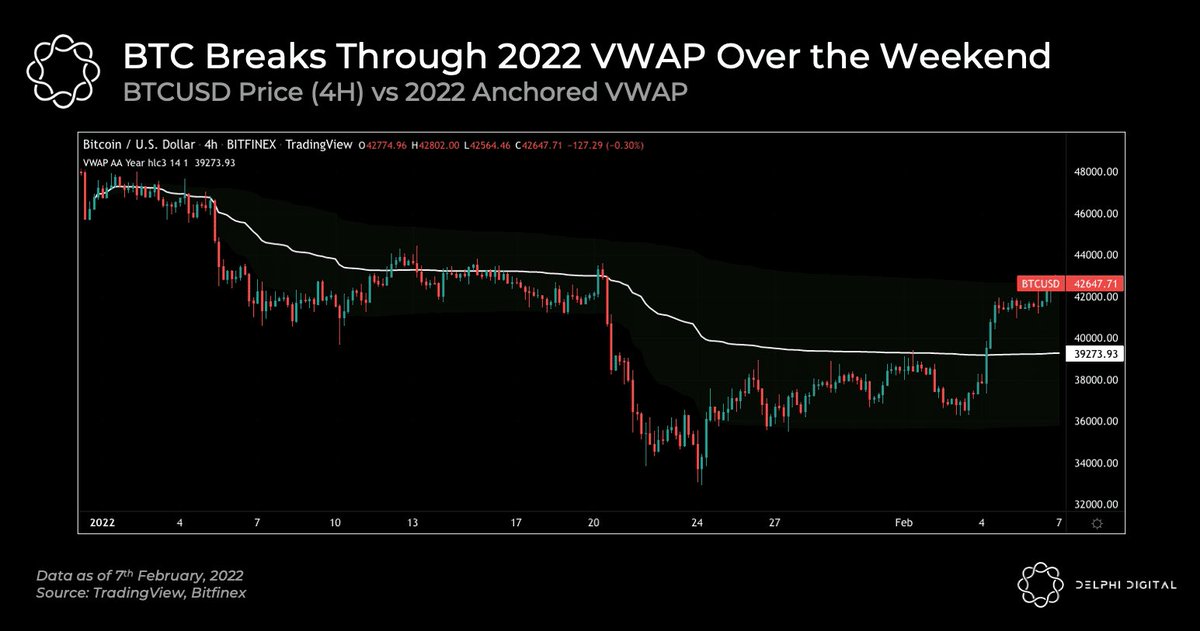
In this paper, we explore common oracle-related attacks, as well as the cost and profit potential associated with them. We focus specifically on TWAP oracles. We conclude with an initial framework for safely setting TWAP oracle parameters.
🧵👇
members.delphidigital.io/reports/attack…
🧵👇
members.delphidigital.io/reports/attack…
Oracles represent critical infrastructure for DeFi. They often lie at the heart of different DeFi protocols and are a key component to their safety model. As such, they represent an important attack vector and are in fact a common target for SC attacks.
As such, the importance of studying how they work and, in particular, how they can be attacked cannot be overstated.
In this paper, we focus on two particular attacks related to lending protocols:
In this paper, we focus on two particular attacks related to lending protocols:
1. The first one is the case where the attacker manipulates the oracle to artificially increase the value of his/her collateral in order to borrow more than the protocol would allow under normal circumstances.
2. The second one is the case where an attacker manipulates the oracle to artificially decrease the value of a user's collateral in order to liquidate the given user and earn the corresponding liquidation fee.
As was said before, we analyze the cost and profit potential of both these types of attack on Constant Product Market Maker based TWAP oracles.
Our results show that under certain conditions these oracles are safe to use (i.e. cost of attack > potential profit).
Our results show that under certain conditions these oracles are safe to use (i.e. cost of attack > potential profit).
We conclude with an initial framework for setting the TWAP window.
This framework intends to strike a balance between safety and price accuracy (the window tradeoff).
This framework intends to strike a balance between safety and price accuracy (the window tradeoff).
We're very excited to finally share this with the community!
This research paper was done by our very own @ayana_eltai and @JonathanErlichL. Please hit them up if you have any questions or feedback!
This research paper was done by our very own @ayana_eltai and @JonathanErlichL. Please hit them up if you have any questions or feedback!
• • •
Missing some Tweet in this thread? You can try to
force a refresh


















